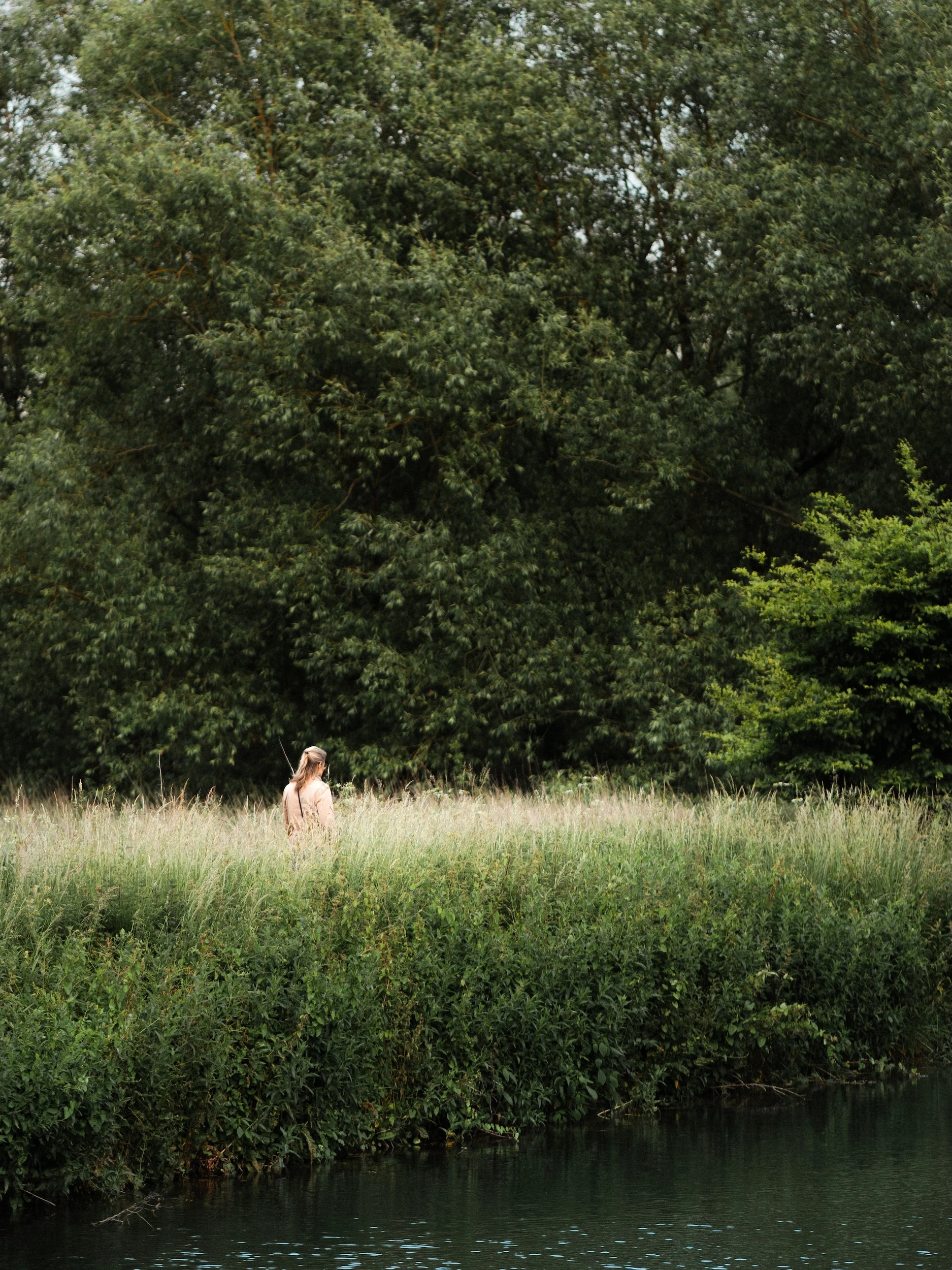Glimpses of Sawbridgeworth
Lessons from a photowalk
“I had this notion of what I called a democratic way of looking around, that nothing was more or less important.”
—William Eggelston
Sawb’worth, Herts, June 2025 — Photowalks have always been an exceptionally good way for me to rejuvenate my photographic interests. I enjoy them for the knowledge they bring both about the place and about photography, the cameraderie with fellow photographers, and a strength in numbers. The latter is particularly important for someone like me who is quite hesitant to make photographs on the street for fear offending someone or being seen as suspicious. This is despite the fact that I engage in documentary work rather than what may be classified strictly as ‘street’ photography.
My local photography club recently organised a photowalk around Sawbridgeworth, an old English town north of London with a storied history. The town appears in the Domesday book, a land survey from 1086, as ‘Sabrixteworde’ and is home to a fantastic medieval church, Anne Boleyn’s estate and several maltings along the River Stort (as a result of which this area has an unusually large number of pubs). It is known locally for being one of the many charming little English towns along the eastern edge of Hertfordshire.

This was my first outing in Sawbridgeworth and having someone talk to us about the history of the place as we walked its streets made for a wonderful experience.
From a photographic standpoint, this walk taught me quite a lot. It had been several months since I had gone on a photo walk, so this little outing also helped rejuvenate my photographic interest.
The primary feature of our photo walk was to shoot film, but for those of us who did not have our film cameras with us we shot digitally with a self-imposed limit of 24 photographs, mistakes and all. To add to this I decided to limit myself by focal length, shooting with a single prime lens. Further, I decided to shake things up using not a common focal length, like 35mm or 50mm, but instead an 85mm. Specifically I used my Zeiss Batis 85mm on my Sony a7 IV body.

I expected to come away with three or four usable photographs in the end but I was pleasantly surprised that I had about 10 that I thought were worth exhibiting.
The limit of 24 photographs made me think whether I wanted to ‘use up’ my film, whether a composition was compelling, whether something I saw really spoke to me. More importantly, I noticed how, without this restriction, I would actually have made some of those pictures I decided against this evening, which meant I was often making photographs just so I did not miss out on them. You could always discard it in post.
I also decided to turn off the grid overlay while shooting. I used to rely on that quite a bit before this but I found turning off the grid to be very freeing. Composing a shot had started to become all about adhering to a grid to the point where, I had started to notice, the grid was becoming my priority. It did not matter if what I saw through my viewfinder spoke to me; it just mattered that something out there lined up with my grid. At the risk of making grandoise utterrances, the grid was standing between me and my vision. With the grid turned off I started to notice more of my composition, and I became more intentional with my framing. I also relied on the feel of it, as I believe all art should, rather than dogma.

For a bit of fun I decided to focus partly manually on this photo walk. I say partly because I still had the autofocus turned on but, where I could afford to take my time, I tried to focus manually as far as possible. All cameras come with a manual override feature—which is what my old Nikon used to call it, but Sony instead calls it DMF for Direct Manual Focus, a rather misleading term which seems to suggest full-manual focus while it is, in fact, manual override. Of the 24 pictures I missed one due to bad focus (I did have focus peaking turned on but I suppose you never really know). For what it is worth I did not discard that photo for being slightly off focus, rather because I was unhappy with the composition in the end.
The entire set of ten photographs from the walk is available as my Sawbridgeworth project. Do take a look sometime.